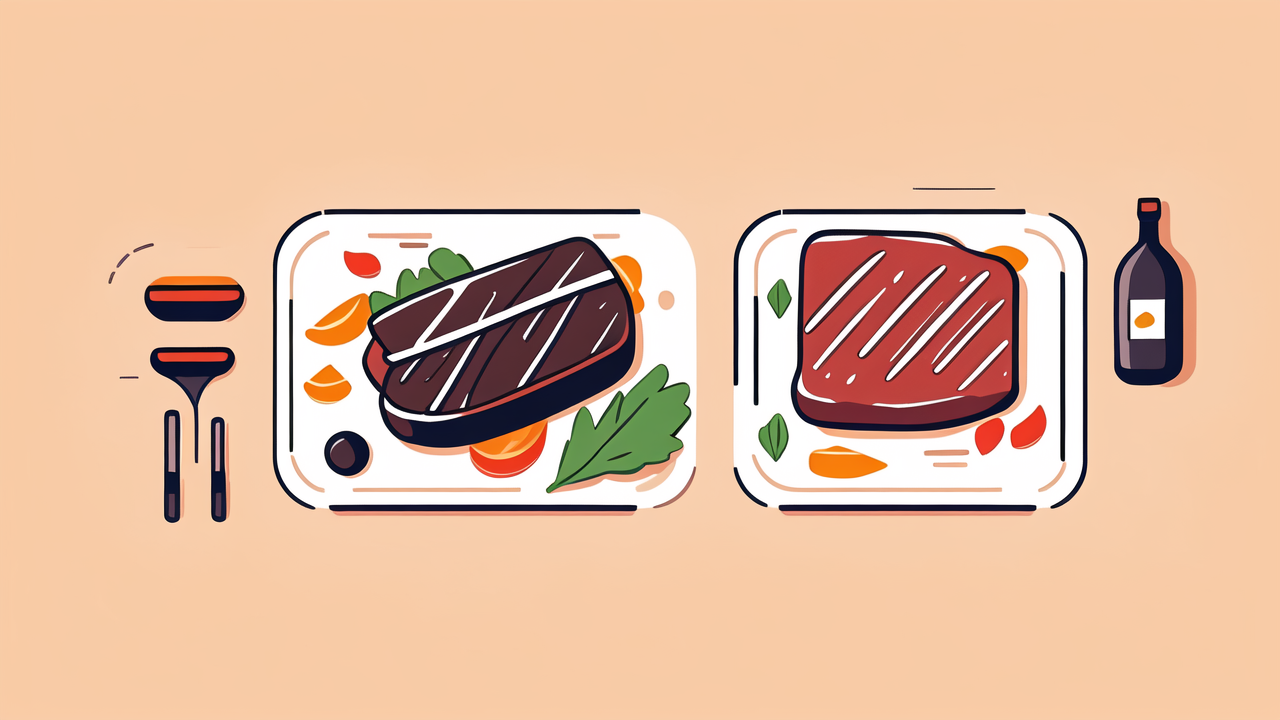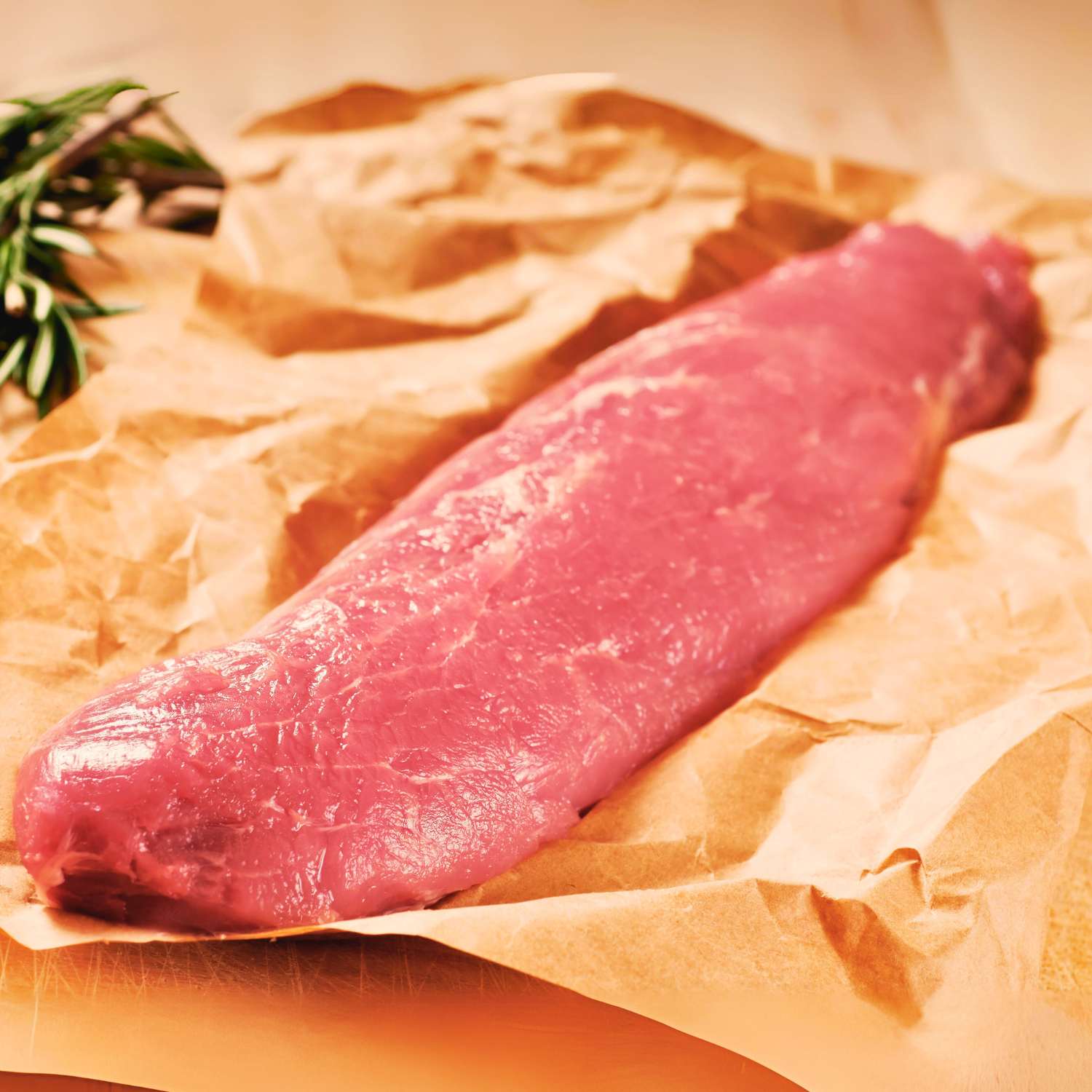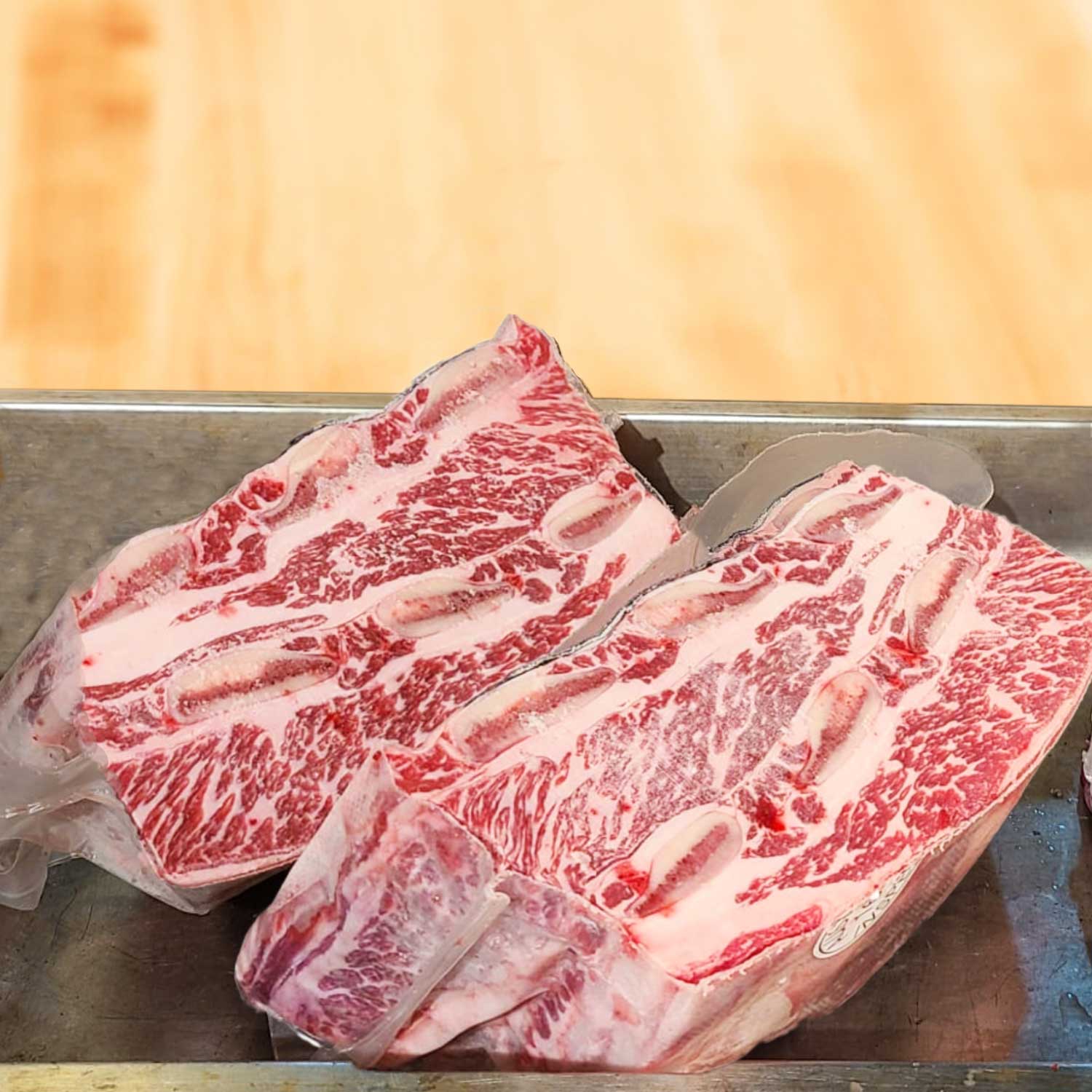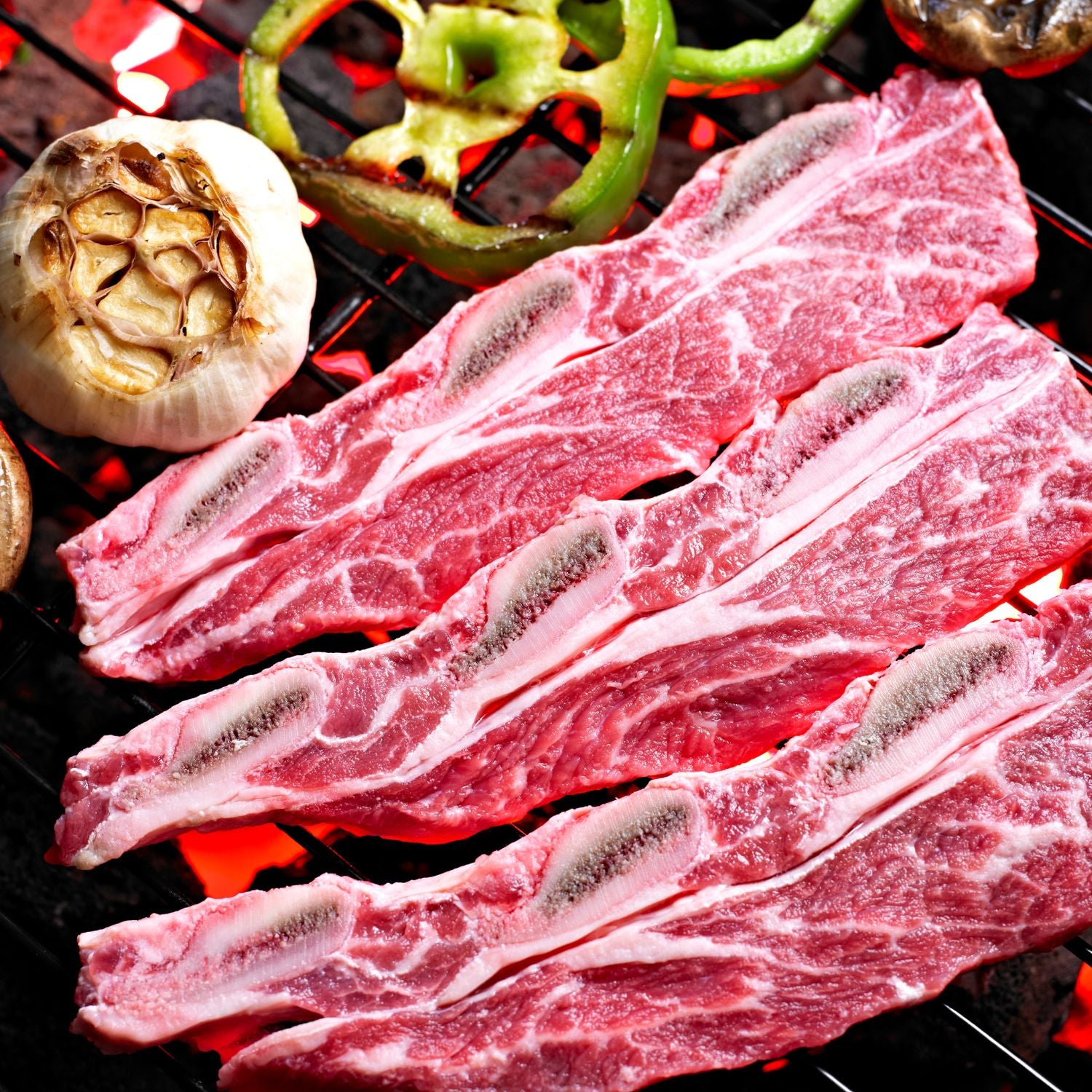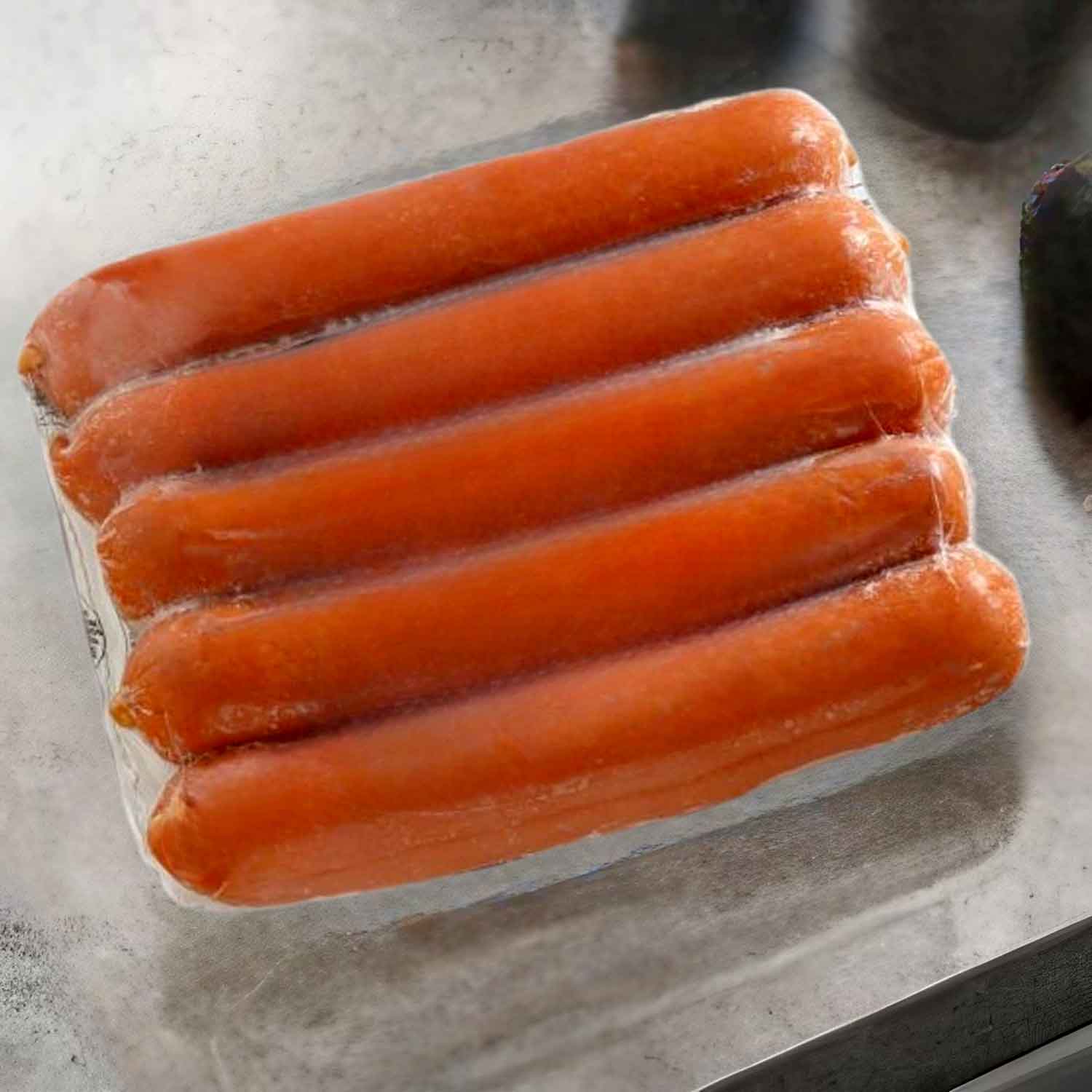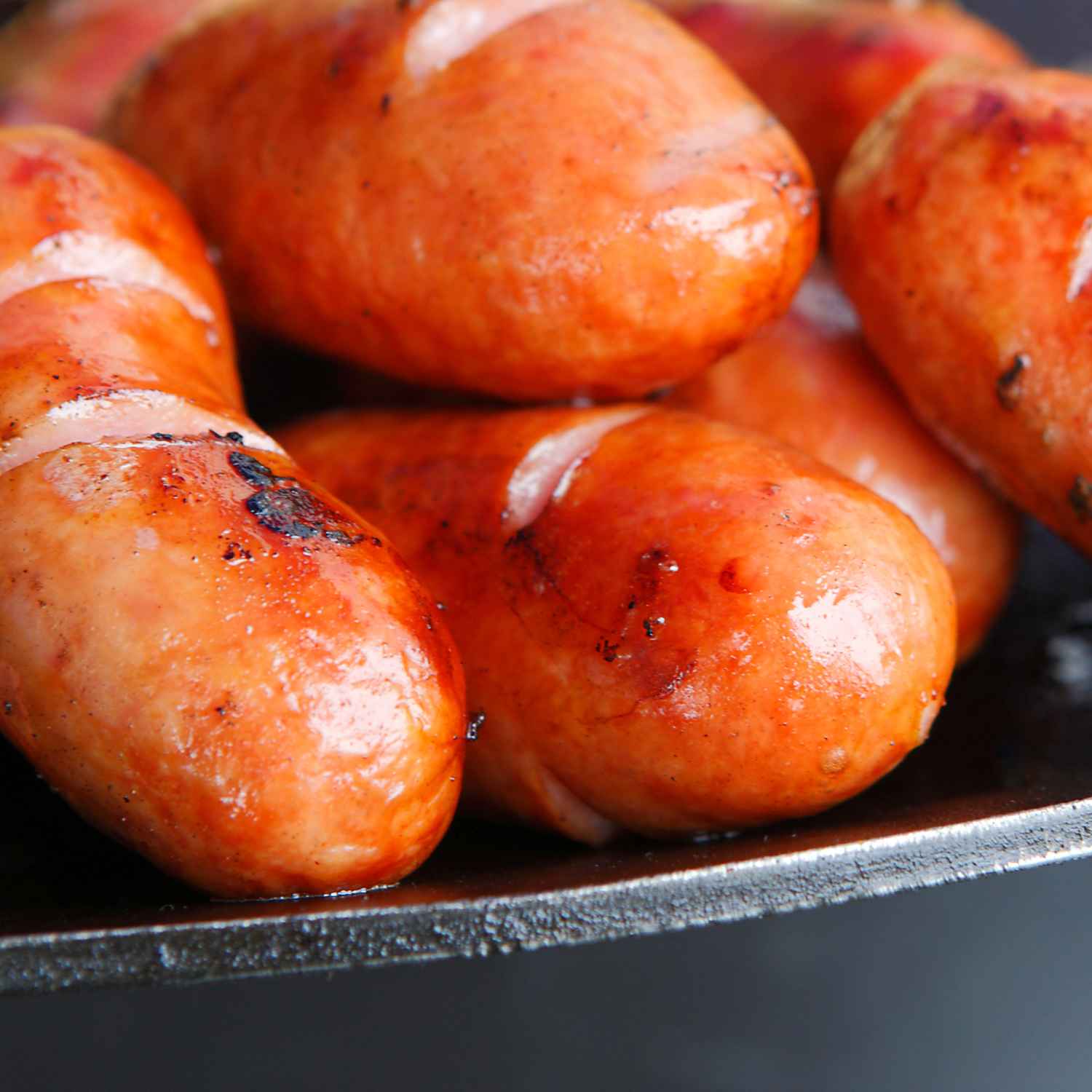Understanding the Essence of Steak: A Culinary Journey
The Origins of Steak: An International Perspective
Steak has a rich global history. It started as a simple cut of meat. Over time, it became a gourmet dish. Different countries added their unique flavors. The United States loves tender, juicy cuts. Argentina grills with bold spices. In Japan, Wagyu reigns supreme. Hong Kong blends East and West steak traditions. Understanding steak's past helps us appreciate its taste today.

Grading and Quality: What Drives the Culinary World?
Steak quality is key. It shapes taste and texture. Quality comes from grading.
Grading assesses the meat's features. Look for marbling, color, and age. These impact flavor.
Finer steaks have higher grades. In Hong Kong, USDA and A5 Wagyu are top picks. They offer rich, buttery flavors.
Marbling is fat within the muscle. It makes steaks juicy and tender. Good marbling equals better steak.
Color also matters. Fresh steak has a bright red hue. It suggests good handling and freshness.
Age impacts steak too. Aging lets enzymes tenderize the meat. Choose dry-aged for more depth.
Remember, better grades often mean higher prices. But the taste can be worth it.
The Role of Butchering Techniques in Meat Quality
Butchering techniques greatly affect steak quality. In Hong Kong, skilled butchers know this well. They carefully choose proper methods for each cut. This ensures the steak's texture and flavor are perfect. Techniques include aging and precise cutting. Dry aging enhances taste by concentrating beef flavors. Wet aging makes for tender steaks with a unique profile. Getting the cut right affects how the steak cooks and tastes. Proper butchery supports the best steak experience in Hong Kong.
Innovative Techniques to Cook the Finest Steak
The Art of Pan-Searing: Bringing Out the Best in Steak
Pan-searing is a classic technique for cooking steak. It gives the meat a flavorsome crust. The key is a hot, heavy skillet to ensure even browning. Start by patting the steak dry for the best sear. Season it with salt and pepper before cooking. Use high-smoke-point oil, like grape seed or avocado. Sear the steak on high heat for a few minutes per side. This forms a rich, caramelized exterior. Finish with a pat of butter and herbs for extra taste. Pan-searing suits various steak cuts. Try with sirloin, ribeye, or tenderloin for a mouthwatering meal.
Sous Vide: A Game Changer for the Perfect Steak
Sous vide, a French term meaning 'under vacuum', revolutionizes steak cooking. This technique uses precise temperature control for even cooking. You seal the steak in a bag and cook it in a water bath. The result is steak cooked perfectly from edge to edge. Here’s how to use sous vide for steak in Hong Kong:
- Start by seasoning your steak with salt and pepper.
- Place the steak in a vacuum-sealed bag.
- Set your sous vide machine to the desired temperature. For medium-rare, 55°C is ideal.
- Place the bag in the water bath and cook for 1 to 4 hours, depending on thickness.
- Once done, quickly sear the steak on a hot pan for a flavorful crust.
- Rest the steak, then serve it with your favorite sides.
Sous vide ensures your premium Hong Kong steak is tender, juicy, and cooked to perfection.
Grilling and Barbecuing: Hong Kong's Favorite Steak Methods
In the heart of Hong Kong, grilling and BBQs reign supreme for steak lovers. It's all about high heat and fast cooking. Charcoal or gas, the aim is to sear the meat. This locks in juices for a tender bite. Flip steaks just once to keep them juicy. Let it rest after cooking. This helps redistribute juices for the best taste. For true flavor, try adding smokey wood chips. Remember, timing is key for that perfect char. Embrace these methods for a steak that impresses!
Essential Tips for Selecting and Serving Steak in Hong Kong
Selecting the Best Steak: A Guide for Consumers
Choosing the right steak is key to a great meal. Here's how to pick the best one:
- Look for marbling. This means the fat is evenly spread.
- Check the color. It should be a vibrant red, not dull.
- Feel for firmness. The meat should be firm to the touch, not soft.
- Smell the steak. Fresh steak should not have a strong odor.
- Know your cuts. Ribeye is rich and juicy; sirloin is leaner.
- Consider the source. Opt for grass-fed beef from reputable suppliers in Hong Kong.
- Choose the right grade. USDA Prime, Choice, or Select are good options.
With these tips, you'll pick a steak that's perfect for cooking and savoring.
The Perfect Pairing: Wine and Steak Recommendations
To elevate a steak dinner, pair it with the right wine. Reds like Cabernet Sauvignon match well with hearty steaks like ribeye. For leaner cuts like tenderloin, try a light-bodied Pinot Noir. If enjoying Wagyu beef, a bold Shiraz can complement its richness. Remember, the wine should balance the steak's flavor, not overpower it. In Hong Kong, explore local wine shops for international and Asian wines that enhance your steak experience.
Presentation and Plating: The Ultimate Steak Experience
When presenting steak, think simple elegance. First, pick a warm plate to keep steak hot. Opt for a large, white plate for a classy look. This gives a clean backdrop for the steak. Place the steak in the center to make it the star. Add fresh herbs like rosemary for a pop of green. Pour a little sauce around the steak for added flavor and visual appeal. Don't drown the steak in sauce. Just a few spoonfuls will do. Garnish with a sprinkle of salt to enhance color and taste. Remember, each element on the plate should add to the steak, not distract from it. Your goal is to create a visual feast that complements the culinary one.



